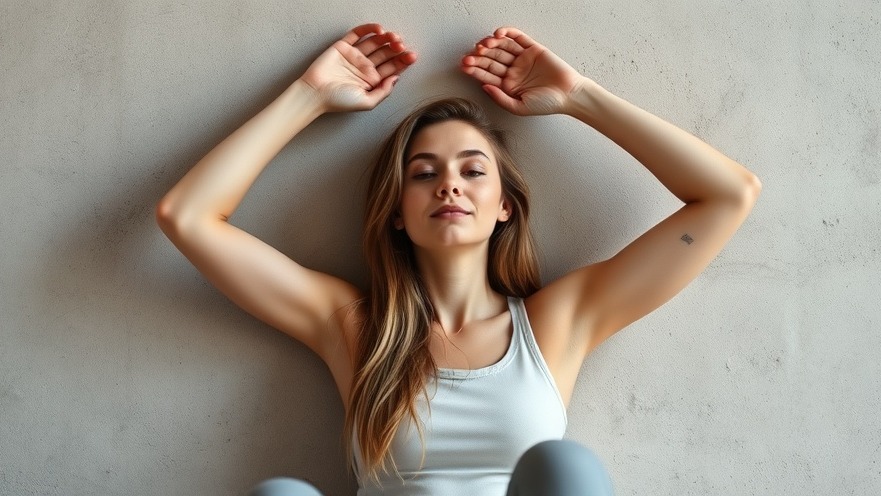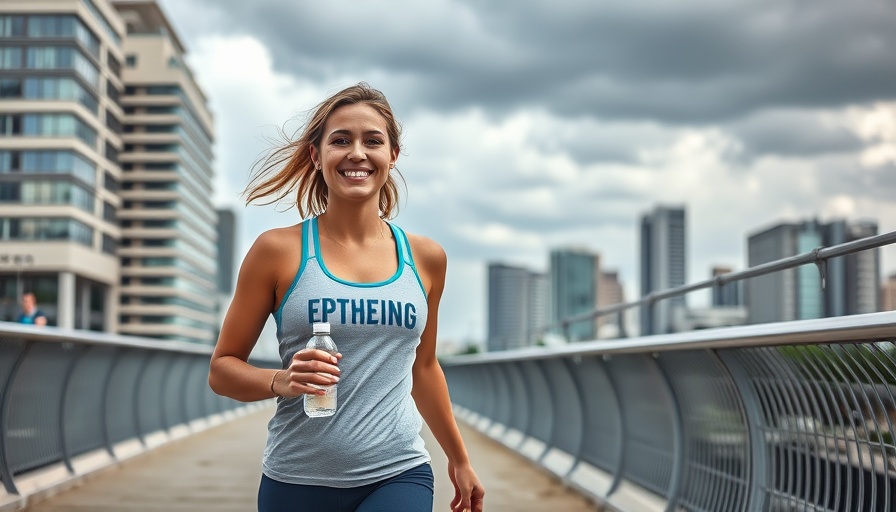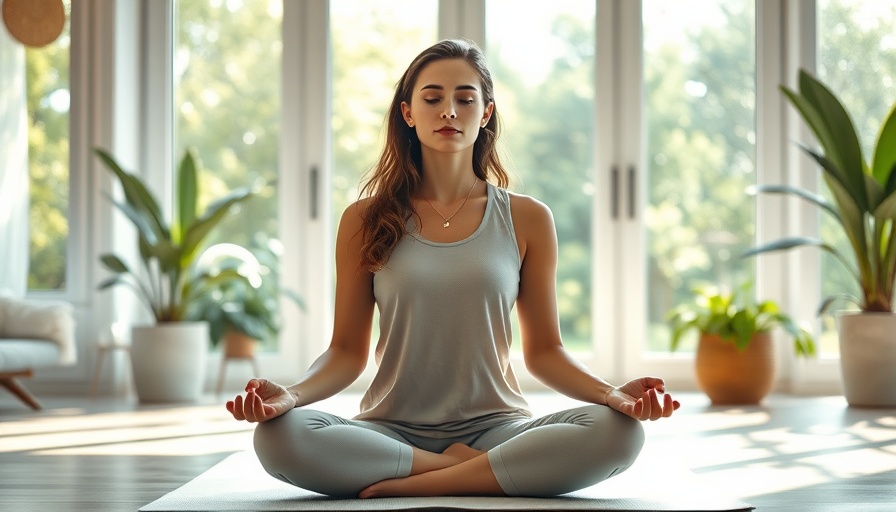
Unleashing the Power of Wall Pilates for Weight Loss
In a world where fitness trends come and go, wall Pilates has established itself as a transformative tool for those on a weight loss journey. Its gentle yet effective approach appeals to people of all fitness levels, making it a welcoming entry point for anyone looking to shed pounds. Not only does it enhance strength and flexibility, but wall Pilates also engages the core and stabilizes the body, allowing for a full-body workout that can easily be adapted to individual needs.
The Core Mechanics: What is Wall Pilates?
Wall Pilates is a modern variation of traditional Pilates, utilizing the wall as a supportive tool during exercises. This adaptation promotes better alignment and deeper muscle engagement, crucial for effective workouts. Research published in journals such as Muscle Ligaments and Tendons highlights that using a wall can increase the intensity of workouts while maintaining low-impact movements. This is particularly beneficial for beginners or those recovering from injuries, as it provides additional support and ensures safer execution of each exercise.
Wall Pilates: The Weight Loss Connection
The relationship between wall Pilates and weight loss is grounded in its dual benefits: increasing calorie burn and enhancing muscle tone. As noted in numerous studies, such as those shared by Frontiers, engaging multiple muscle groups simultaneously—a key feature of wall Pilates—promotes metabolism and boosts calorie expenditure significantly more than traditional exercises. Additionally, the increased lean muscle mass from regular workouts contributes to a more active metabolic rate, allowing individuals to burn more calories even at rest.
Curating Your Practice: 15 Effective Wall Pilates Exercises
To fully harness the benefits of wall Pilates, incorporating a range of exercises can elevate your fitness routine. Here are 15 easy wall Pilates exercises that anyone can try:
Wall Roll-Down: Stand back against the wall, inhale, and slowly roll down one vertebra at a time before returning to an upright position.
Wall Squats: Lean against the wall, slide down until your knees are at a right angle, hold, and return to standing.
Wall Plank: Start in a plank position with your feet against the wall, engaging your core to maintain form.
Wall Leg Lifts: Stand with your side against the wall and lift your outer leg to engage your hip and glute muscles.
Seated Wall Stretch: Sit with your back against the wall and stretch your arms overhead, improving flexibility.
Breaking Down Barriers: Common Misconceptions
Many might assume that Pilates is exclusively for the inflexible or those at advanced fitness levels. However, wall Pilates is designed to be accessible for everyone. It’s crucial to recognize that the key focus here is not about how ‘fit’ you are but about engaging the body effectively and nurturing it through movement. With the right guidance and attitude, anyone can benefit from adopting wall Pilates into their routine.
The Future of Fitness: Why Wall Pilates is Here to Stay
As we step deeper into a world that increasingly values health and wellness, the future of wall Pilates looks bright. With an emphasis on low-impact and mindful movements, it aligns perfectly with current trends focusing on sustainable fitness practices. As more people become aware of the benefits it offers, wall Pilates will likely grow in popularity, making it a staple in gyms and home workouts alike.
Your First Step: Creating an Inviting Space for Wall Pilates
Setting up your own wall Pilates practice doesn’t require much. All you need is a clear wall space, a comfortable mat, and maybe a few props like light weights or resistance bands to enhance your workout. Start small and progressively incorporate different exercises to keep your routine engaging and effective.
Conclusion: Embrace Wall Pilates for a Healthier You
Incorporating wall Pilates into your weight loss regimen could be a game-changer. Its unique benefits combined with a focus on body strength and control can lead to sustainable weight loss while promoting overall well-being. If you’re ready to embrace a healthier lifestyle, start with these wall Pilates exercises and watch your progress unfold.
For more information on fitness trends and practical tips for a healthier lifestyle, sign up for our newsletters and stay informed on the best practices to lead a fit life!
 Add Row
Add Row  Add
Add 




Write A Comment